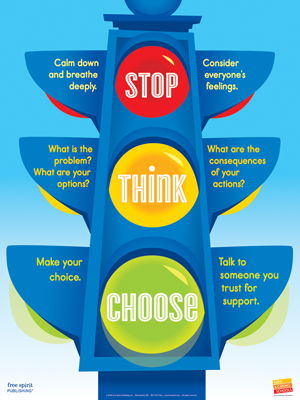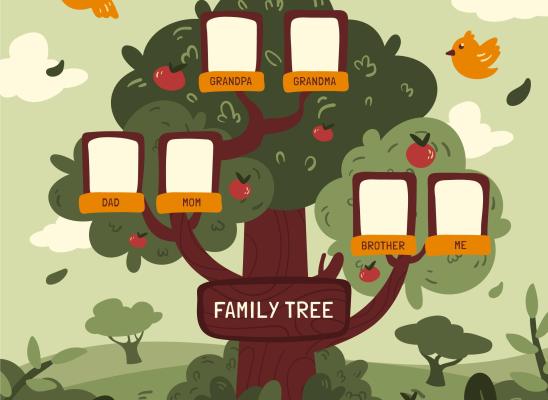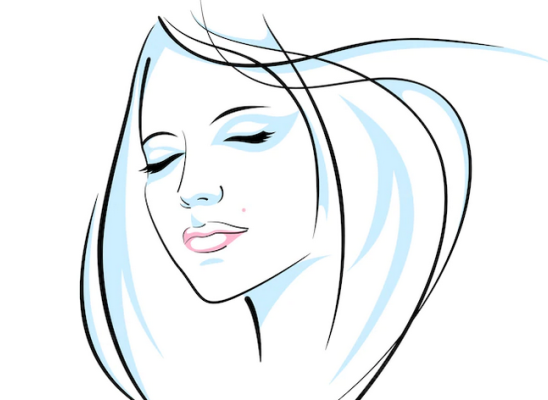New Research: Link between emotional regulation and trichotillomania found
Online test
Find out the severity of your symptoms with this free online test
What is trichotillomania?
The Mayo Clinic states that trichotillomania is an impulse control disorder that becomes an overwhelming compulsion to pull out your hair at the roots. The sufferer knows that the compulsion is not healthy but is unable to control himself or herself. The results are not only physical, i.e. bald patches that the sufferer goes to great lengths to cover up, but also emotional, which is to say depression, anxiety, and shame. Paradoxically, the act of hair pulling provides an immediate release from the compulsion until it builds up again. The compulsion to pull hair can be slight and relatively easy to control with therapy or severe and virtually uncontrollable.
What causes trichotillomania?
The causes of trichotillomania were not entirely clear, with health care providers believing that they might result from both environmental and genetic causes. One notion was that the disorder resulted from abnormalities in natural brain chemicals such as serotonin and dopamine. However, recent research has pointed to a relationship between trichotillomania and poor emotional regulation. A paper published in the Journal of Obsessive-Compulsive and Related Disorders suggests that people suffering from trichotillomania have trouble directing and controlling anger, which they tend to direct inwardly. The hair pulling is just a physical manifestation of a deeper problem.

What is emotional regulation?
Everyone has emotions--love, hatred, anger, sadness, and so on. According to a piece in Psychology Today, we regulate our emotions by either down-regulating them or up-regulating them. Examples of down-regulation include not starting a flame war on social media or not hitting someone who makes you angry, or not expressing your undying love to someone you just met but feel attracted to, and crying uncontrollably after a sad scene in a movie. If we feel anxiety about going out on a date, we down-regulate that feeling to avoid canceling. We sometimes have to up-regulate ourselves when we don’t feel motivated to perform a needed task, We also up-regulate when we need to be aware of danger so that we put on our seat belts or leave an area where a natural disaster, such as a hurricane, is about to strike.
What is the relationship between trichotillomania and poor emotional regulation?
The Journal of Obsessive-Compulsive and Related Disorders paper suggests that people who pull their hair as a result of trichotillomania lack the ability to regulate their emotions, especially anger, in an effective manner. The study conducted a survey of 158 females who suffer from trichotillomania and found that they reported much greater instances of inwardly directed anger than did people without the disorder. The more frequently that cases of inwardly directed anger occurred, the more common and more severe the hair pulling occurred. This phenomenon held up even after instances of other mental illness were accounted for.
Trichotillomania and poor emotional regulation and children
Trichotillomania usually first manifests in children just before or around the age of puberty. As any parent or teacher knows, children have poor emotional regulation and impulse control. These traits have to be learned, usually by reinforcement by adult authority figures. Trichotillomania may originate in children who do not learn how to regulate their emotions in a positive manner. Things that occur just in the ordinary course of growing up can cause an adverse reaction in a child--schoolyard scrapes, trouble with academics, being disciplined for an infraction at home, and other minor embarrassments. Major traumas that can harm a child’s psyche include the breakup of a family, a death in the family, economic privation due to a job loss by one or more parents, or even sexual or physical abuse. Small children develop coping mechanisms to deal with anxiety, anger, and other negative emotions, including thumb sucking and nail biting. Hair pulling and the related disorder in which people pick at their skin are extreme examples of ways to cope.
Implications for treatment

Image: Creative Therapy Store
The new research that suggests that a relationship between trichotillomania and poor emotional regulation proposes a new way to prevent the disorder in children and to treat it in children and adults. The Alert Program, developed in the 1990s, helps children to recognize the onset of anxiety or some other negative emotion and gives them skills to head them off before they become unpleasant. Most children, and indeed most adults, know of only two states: anxious and not anxious. They don’t recognize that there is an in-between stage when a person is shifting from one to the other. The idea is that a child, ranging from preschool to adolescence, can be trained to recognize when they are starting to get anxious, angry, or sad and can learn how to deal with the emotional onset. The coping mechanism usually involves participating in fun activities, such as playing a game, reading a favorite book, or watching something enjoyable on TV or the Internet. Thus, children are taught emotional regulation through positive reinforcement. For people who are already suffering from trichotillomania, the procedure is a little more complicated. New therapies that have been recently developed, including the Comprehensive Behavior Model and Dialectical Behavior Therapy, help the patient find new and more constructive outlets to deal with negative emotions and achieve some measure of emotional regulation. Children with hair pulling disorder up to the age of seven have produced good results when these kinds of therapy are used.
Most people learn how to deal with negative emotions from an early age. However, some, for whatever reasons, develop damaging coping mechanisms such as hair pulling. If these kinds of behavior are happening with someone you know, or if you happen to suffer from the disorder, it is not only useful but imperative that you seek a mental health professional who is familiar with the new research establishing a link between trichotillomania and poor emotional regulation. Hair pulling disorder is a trauma-causing condition that can cause lifelong embarrassment. But help is available if you seek it out.
Online test
Find out the severity of your symptoms with this free online test
Start your journey with TrichStop
Take control of your life and find freedom from hair pulling through professional therapy and evidence-based behavioral techniques.
Start Now



